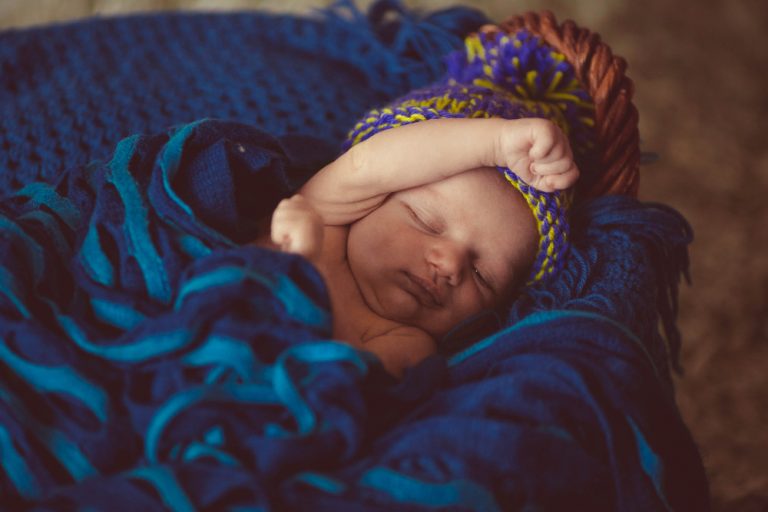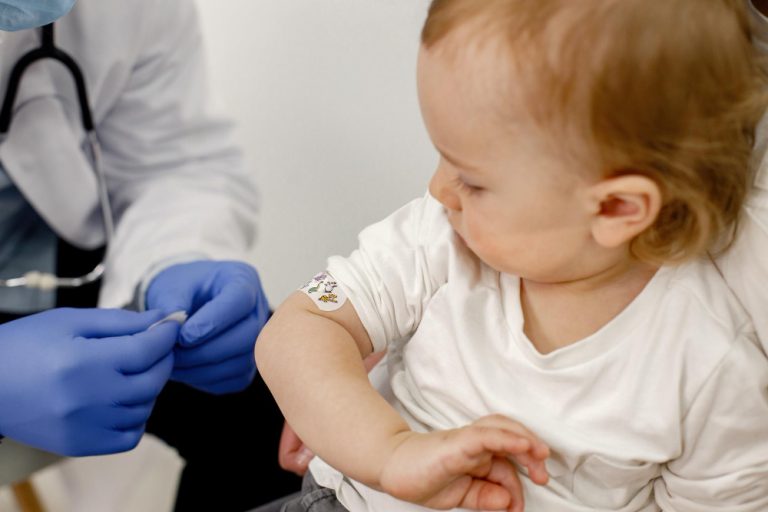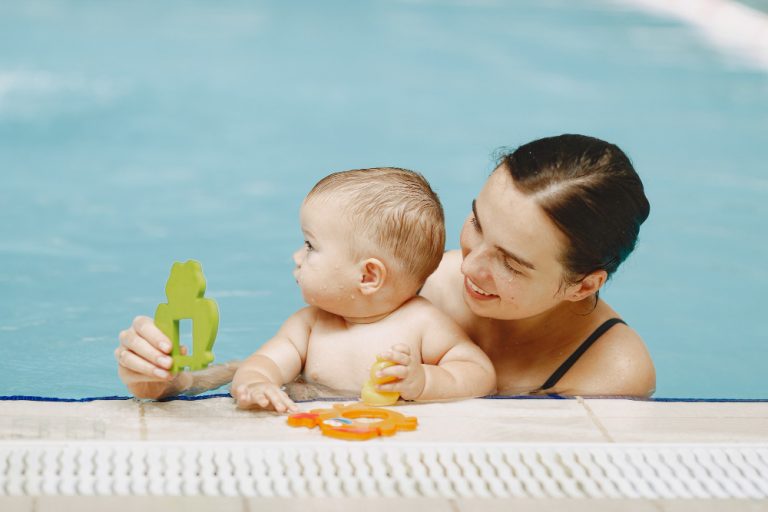Cerebral Palsy in Babies: Causes, Symptoms, and Treatment
Have you ever wondered about the complexities of cerebral palsy in babies, a condition that affects countless lives worldwide? Prepare to unlock insights on this intricate condition and empower yourself with the tools to identify, understand, and address cerebral palsy effectively. Stay tuned for a journey into the world of cerebral palsy that promises to enlighten and educate.
In our upcoming blog, “Cerebral Palsy in Babies: Causes, Symptoms, and Treatment,” we delve deep into this neurological disorder that impacts muscle movement and coordination. From the causes rooted in brain development to the diverse symptoms that manifest in different ways, we leave no stone unturned.
Our comprehensive guide will explore early signs crucial for timely intervention, various types of cerebral palsy in babies, and cutting-edge treatment options like occupational therapy and assistive devices. Get ready to equip yourself with essential knowledge to navigate the complexities of cerebral palsy confidently.
Introduction to Cerebral Palsy in Babies
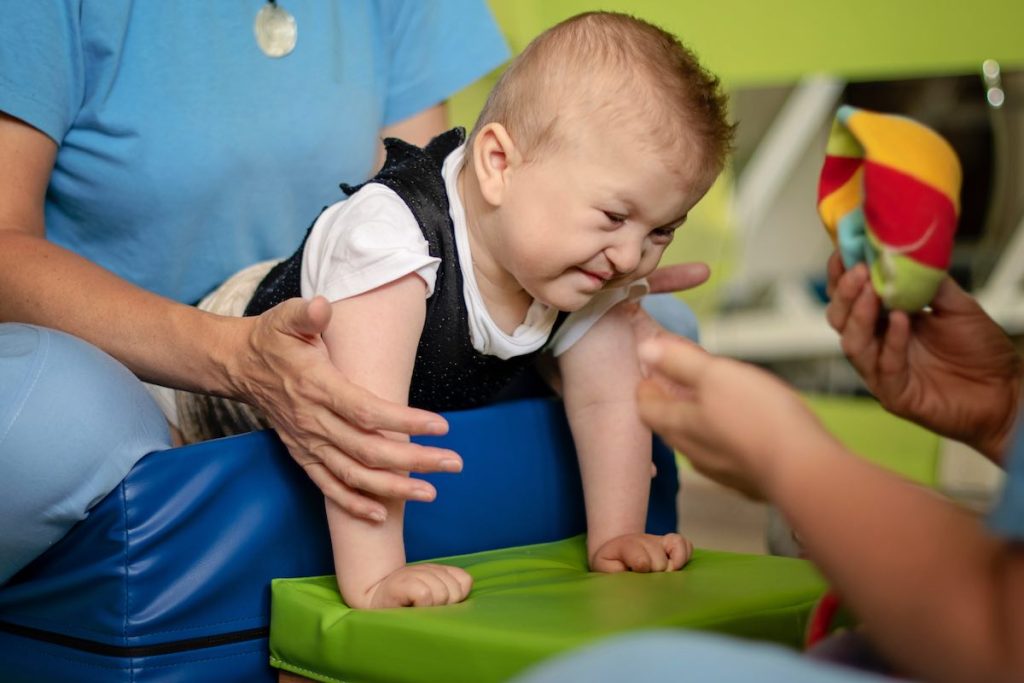
Cerebral palsy is a neurological condition that affects muscle movement, coordination, and motor skills. It occurs due to brain damage or abnormal development of the brain, often before or during birth. Babies with cerebral palsy may experience difficulties in controlling their muscles and performing everyday activities.
Early identification and intervention play a crucial role in managing cerebral palsy in babies. Detecting the signs and symptoms in the early stages can lead to timely treatment, improving the child’s quality of life. It is essential for parents and caregivers to be aware of the red flags associated with cerebral palsy so that appropriate steps can be taken.
The causes of cerebral palsy can vary, including factors such as premature birth, brain infections, genetic abnormalities, or lack of oxygen during birth. However, in many cases, the exact cause remains unidentified.
Recognizing the importance of early diagnosis and intervention, healthcare professionals work closely with families to assess a child’s motor function and provide appropriate care. Through a combination of medical evaluation and clinical studies, a definitive diagnosis of cerebral palsy can be made.
By understanding the early signs and symptoms and seeking early intervention, parents and caregivers can ensure that their baby receives the necessary treatment and support for managing cerebral palsy effectively.
Early Signs and Symptoms of Cerebral Palsy

Recognizing the early signs and symptoms of cerebral palsy in newborns and infants is crucial for early identification and intervention. While the specific symptoms may vary depending on the type and severity of cerebral palsy, there are common indicators to watch out for.
1. Delayed Milestones
One of the initial signs may involve delays in reaching developmental milestones. Babies might take longer to roll over, sit up, crawl, or walk.
2. Abnormal Muscle Tone
Babies with cerebral palsy may display abnormal muscle tone. They can either have increased muscle stiffness (hypertonia) or reduced muscle tone (hypotonia).
3. Poor Coordination
Difficulties in controlling movements may be observed in babies with cerebral palsy. They may struggle with precise motor skills, such as grasping objects or coordinating hand movements.
4. Feeding and Swallowing Difficulties
Babies with cerebral palsy may encounter challenges in feeding and swallowing due to impaired muscle control. They may have difficulties sucking or swallowing, leading to poor weight gain.
5. Involuntary Movements
Involuntary movements, known as dyskinesia, can manifest in several ways, including jerky motions, tremors, or uncontrollable spasms.
6. Muscle Stiffness and Rigidity
Some babies with cerebral palsy may exhibit muscle stiffness and rigidity, making it challenging for them to move certain parts of their body.
7. Speech and Language Delays
Speech and language delays might be observed in babies with cerebral palsy. They may have difficulties with articulation, understanding, or producing speech sounds.
8. Eye Movement Problems
Impaired control over eye movements, known as oculomotor dysfunction, can occur in some cases of cerebral palsy. Babies may experience involuntary eye movements or have trouble tracking objects visually.
It is important to note that these signs and symptoms may not be immediately apparent at birth but may become more noticeable as the baby grows and develops. If you observe any of these indications or have concerns about your baby’s motor development, it is essential to consult a healthcare professional for further evaluation and guidance.
Remember, early identification and intervention can greatly improve outcomes for babies with cerebral palsy, enhancing their quality of life and maximizing their potential for development and independence.
Types and Causes of Cerebral Palsy

Cerebral palsy (CP) is a neurological condition that affects muscle movement, coordination, and posture. In babies, there are different types of cerebral palsy, each associated with unique characteristics and underlying causes. Understanding these types and causes is essential in providing appropriate care and support for children with cerebral palsy.
Types of Cerebral Palsy
1. Spastic CP
The most common type of cerebral palsy, spastic CP is characterized by muscle stiffness and tightness. It can affect one side of the body (hemiplegia), both legs (diplegia), or the entire body (quadriplegia).
2. Dyskinetic CP
This type of CP involves involuntary and uncontrollable movements, making it challenging for affected individuals to control their muscle coordination. Dyskinetic CP can manifest as writhing or jerking movements (athetosis), slow and twisting movements (dystonia), or fluctuating muscle tone (chorea).
3. Ataxic CP
Ataxic CP affects balance and coordination. Individuals with ataxic CP may exhibit tremors, difficulties with precise movements, and unsteady walking or hand-eye coordination.
4. Mixed CP
Some individuals may experience a combination of two or more types of cerebral palsy, known as mixed CP. The specific symptoms and challenges vary depending on the combination of types involved.
Causes of Cerebral Palsy
While the exact cause of cerebral palsy may not always be determined, several factors can contribute to its development in babies:
1. Birth-related factors
Complications during labor and delivery, such as a lack of oxygen (asphyxia), premature birth, low birth weight, or multiple births (e.g., twins or triplets), can increase the risk of cerebral palsy.
2. Developmental issues
Problems with brain development during pregnancy can also lead to cerebral palsy. Infections, exposure to toxins, or maternal health conditions may disrupt the normal growth and development of the baby’s brain.
3. Genetic factors
In some cases, genetic abnormalities or mutations can increase the likelihood of cerebral palsy. These genetic factors may affect the development of motor control centers in the brain.
4. Traumatic brain injury
Severe head trauma, such as a car accident or a fall, can cause brain damage and result in cerebral palsy.
It’s important to remember that each child’s condition is unique, and the causes may vary from one case to another. Prompt diagnosis and intervention can help manage the symptoms and improve the quality of life for children with cerebral palsy.
Note: While extensive research has been conducted on cerebral palsy, the exact cause of the condition remains unknown in many cases. Ongoing clinical trials, genetic studies, and technological advances aim to enhance our understanding and treatment of cerebral palsy.
Diagnosis and Medical Evaluation
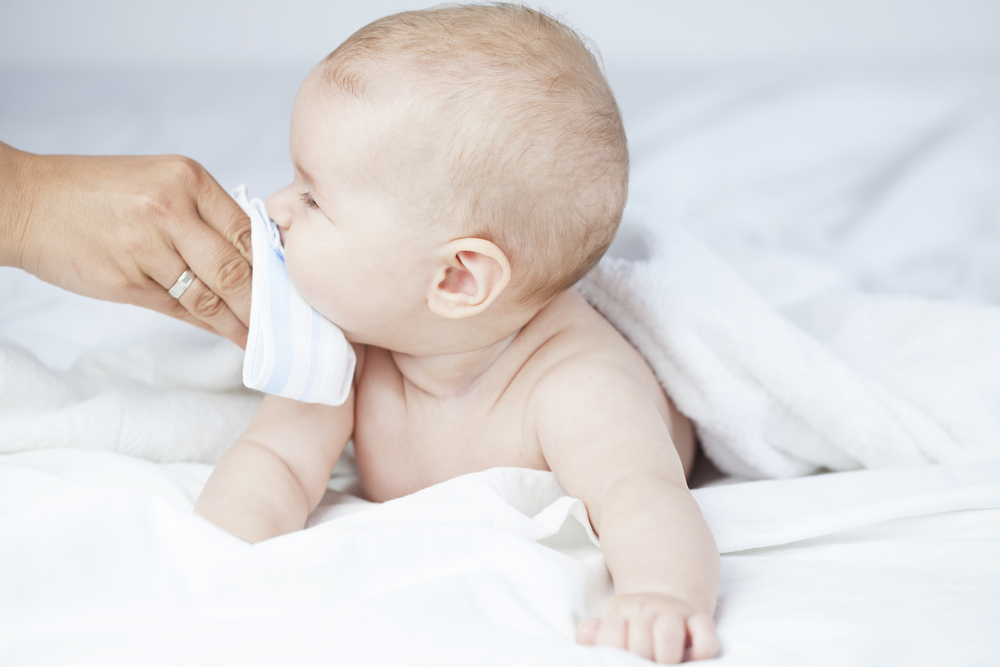
Diagnosing cerebral palsy in babies involves a comprehensive medical evaluation conducted by healthcare professionals. This evaluation aims to accurately identify the presence of cerebral palsy and determine the severity of the condition. Early detection is crucial for timely intervention and treatment.
Here’s an overview of the diagnosis process and medical evaluation for cerebral palsy in babies:
Evaluation by Healthcare Professionals
To diagnose cerebral palsy, healthcare professionals, including pediatricians and neurologists, carefully observe the baby’s movements, muscle tone, and overall development. This evaluation often includes the following steps:
1. Medical History
The healthcare professional will gather information about the baby’s birth, developmental milestones, and any abnormalities noticed by the parents or caregivers.
2. Physical Examination
The healthcare professional will assess the baby’s muscle tone, reflexes, coordination, and motor skills. They will observe how the baby moves, stands, and interacts.
3. Neurological Examination
This examination focuses on assessing the baby’s brain and nervous system function. It involves evaluating reflexes, coordination, muscle strength, and sensory responses.
4. Additional Tests
In some cases, additional tests may be recommended to assist with the diagnosis. These may include brain imaging techniques like magnetic resonance imaging (MRI) or computed tomography (CT) scans.
Collaborative Approach
- The diagnosis of cerebral palsy often involves a multidisciplinary and collaborative approach.
- Healthcare professionals work together to ensure accurate assessment and diagnosis.
- This team may include pediatricians, neurologists, physiotherapists, occupational therapists, and speech therapists.
- Their expertise and observations contribute to a more comprehensive evaluation.
Early Intervention
- Early diagnosis of cerebral palsy allows for timely intervention and support.
- If cerebral palsy is identified, healthcare professionals can recommend appropriate treatments and therapies tailored to the baby’s individual needs.
- Early intervention can significantly improve outcomes and quality of life for babies with cerebral palsy.
It is important for parents and caregivers to communicate any concerns or observations about their baby’s development to their healthcare provider. This early recognition and prompt medical evaluation can facilitate early intervention strategies, maximizing the baby’s potential for growth and development.
Treatment and Intervention Options
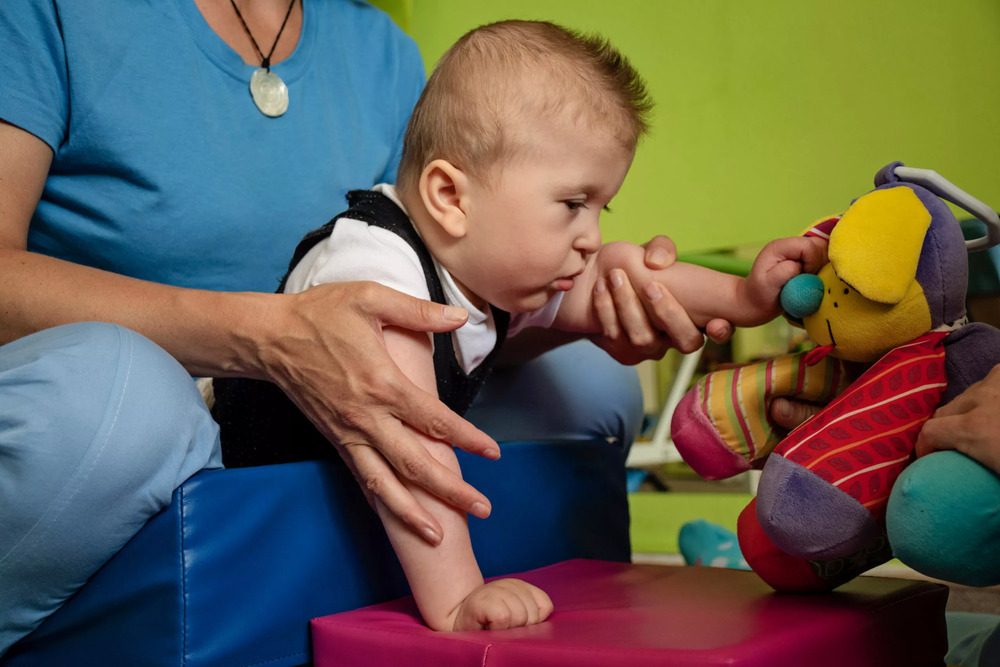
When it comes to managing cerebral palsy in babies, early intervention plays a crucial role in ensuring better outcomes. There are various treatment and intervention options available that can help address the challenges associated with cerebral palsy.
Here are some of the key approaches:
1. Physical Therapy
- Physical therapy plays a significant role in helping babies with cerebral palsy improve their muscle strength, mobility, and overall motor skills.
- A physical therapist will work closely with the baby to develop personalized exercises and activities that target specific areas of concern.
- These may include exercises to improve muscle control, balance, coordination, and flexibility.
2. Occupational Therapy
- Occupational therapy focuses on improving a baby’s ability to perform daily activities and enhance their overall quality of life.
- Occupational therapists employ various techniques to assist babies in developing fine motor skills, such as grasping objects, feeding themselves, and improving hand-eye coordination.
- They may also recommend assistive devices, such as splints or adaptive tools, to aid in daily activities.
3. Speech Therapy
- For babies with cerebral palsy who experience difficulties with speech and communication, speech therapy can be highly beneficial.
- Speech therapists work with babies to improve their oral motor skills, language development, articulation, and overall communication abilities.
- This may involve exercises to strengthen facial muscles and techniques to improve speech clarity.
4. Assistive Devices
- Assistive devices are often utilized to enhance mobility and independence for babies with cerebral palsy.
- These devices can range from simple aids like crutches or walkers to more advanced options such as wheelchairs or specialized seating systems.
- Assistive technology, such as communication devices or modified computer interfaces, may also be recommended to aid in daily activities.
5. Medications
- In some cases, medications may be prescribed to manage specific symptoms associated with cerebral palsy.
- These medications aim to alleviate muscle spasms, reduce stiffness, and improve muscle control.
- However, it’s important to note that medication is not always a primary treatment option and should be discussed with a healthcare professional.
6. Supportive Care
- Supportive care is crucial for babies with cerebral palsy to ensure their overall well-being.
- This may involve providing orthopedic support, such as braces or splints, to promote proper body alignment and prevent contractures.
- Regular medical check-ups, mental health support, and access to educational resources are also vital components of supportive care.
It’s important to remember that every baby with cerebral palsy is unique, and their treatment plan should be tailored to their specific needs. A multidisciplinary team, including doctors, therapists, and caregivers, will work together to create an individualized approach for maximum progress.
By utilizing a combination of these treatment and intervention options, parents and caregivers can help babies with cerebral palsy reach their full potential and improve their overall quality of life.
It’s essential to consult with healthcare professionals and specialists to determine the most appropriate strategies for each baby’s specific needs.
Supportive Care and Educational Support

Supportive care and educational support play a crucial role in ensuring the holistic development and well-being of babies with cerebral palsy. By providing the right resources and interventions, parents and caregivers can enhance their child’s quality of life and maximize their potential.
Here are some key aspects to consider:
Specialized Programs and Therapies
1. Physical Therapy
- Physical therapy focuses on improving motor skills, muscle tone, and coordination.
- It involves exercises, stretches, and activities tailored to the specific needs of each child.
- Highly skilled therapists guide babies through these sessions, helping them achieve functional independence and improve their overall physical functioning.
2. Occupational Therapy
- Occupational therapy addresses activities of daily living (ADL), such as eating, dressing, and self-care.
- Therapists work with infants to develop skills necessary for independent functioning.
- They may introduce assistive devices and adaptive equipment to enhance participation in daily activities and promote self-sufficiency.
3. Speech Therapy
- Speech and language development may be affected in babies with cerebral palsy.
- Speech therapy focuses on improving communication skills, including speech articulation, language comprehension, and social interaction.
- Therapists utilize techniques and exercises to enhance the child’s ability to express themselves effectively.
Assistive Devices and Supportive Resources
1. Orthotics and Mobility Aids
- Orthotic devices, such as braces or splints, can help improve stability and mobility in babies with cerebral palsy.
- Other mobility aids, such as walkers or wheelchairs, may be recommended based on the child’s unique needs.
- These devices provide support and promote independent movement.
2. Augmentative and Alternative Communication (AAC)
- For those with limited speech abilities, AAC systems can facilitate communication.
- These include communication boards, electronic devices with pre-programmed messages, or speech-generating devices.
- AAC strategies empower babies to express themselves and actively engage in social interactions.
Supportive Resources and Programs
1. Early Intervention Services
- Early intervention programs aim to identify and address developmental delays and challenges at an early stage.
- These services can include therapeutic interventions, family support, and individualized education plans.
- Early intervention specialists work closely with families to create tailored plans that meet the child’s unique needs.
2. Educational Support
- Babies with cerebral palsy benefit from inclusive educational settings that provide specialized support.
- Individualized education programs (IEPs) consider the child’s strengths and challenges, ensuring appropriate accommodations and modifications.
- These programs foster academic and social growth, promoting inclusion and community engagement.
Remember, each baby with cerebral palsy is unique, and the supportive and educational needs may vary. Collaborating with a multidisciplinary team of healthcare professionals can help identify the most appropriate resources and interventions to optimize the child’s development and quality of life.
Let’s continue making a positive impact on the lives of children with cerebral palsy by ensuring they receive the support and care they deserve.
The Final Note: Cerebral Palsy in Babies
The prognosis for babies with cerebral palsy can vary greatly depending on the severity and type of the condition, as well as the individual’s access to early intervention and ongoing supportive care. Early identification and intervention play a crucial role in improving long-term outcomes for children with cerebral palsy.
While cerebral palsy is a lifelong condition, timely and appropriate interventions can significantly enhance a child’s development and improve their quality of life. With the right support, many individuals with cerebral palsy can lead fulfilling and independent lives.
It’s important to note that each case is unique, and the prognosis can vary. Children with milder forms of cerebral palsy may have minor challenges in movement and coordination but can typically achieve independence in daily activities with the help of therapies and assistive devices.
For those with more severe forms of cerebral palsy, comprehensive and multidisciplinary care is essential.
In some cases, individuals may require ongoing assistance with mobility, communication, and daily tasks. However, with access to appropriate therapy and support, significant improvements in functional abilities are possible.
Early intervention, including therapies such as physical and occupational therapy, speech therapy, and the use of assistive devices, can make a considerable difference in a child’s life. By addressing specific challenges early on, therapists and healthcare professionals can help optimize a child’s motor function, communication skills, and overall development.
It is crucial for parents and caregivers to work closely with a team of healthcare professionals specializing in cerebral palsy to develop a tailored treatment plan and ensure ongoing support.
By actively engaging in the child’s treatment and collaborating with therapists and educators, parents can help maximize their child’s potential and overall well-being.
Remember, every child is unique, so it’s important to consult with healthcare professionals to understand the specific prognosis and outlook for your child with cerebral palsy. With appropriate care and support, children with cerebral palsy can achieve their full potential and lead fulfilling lives.


